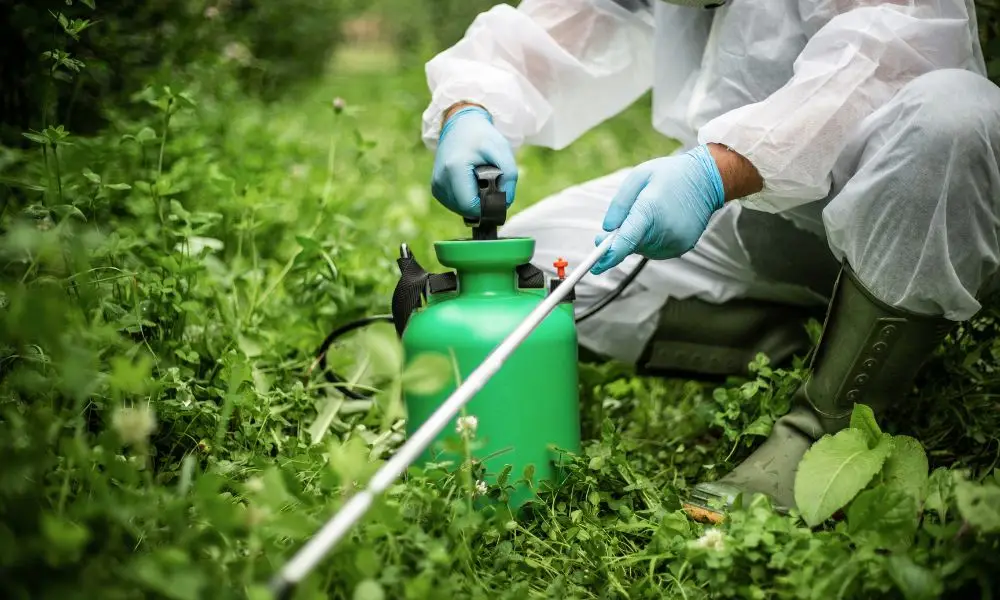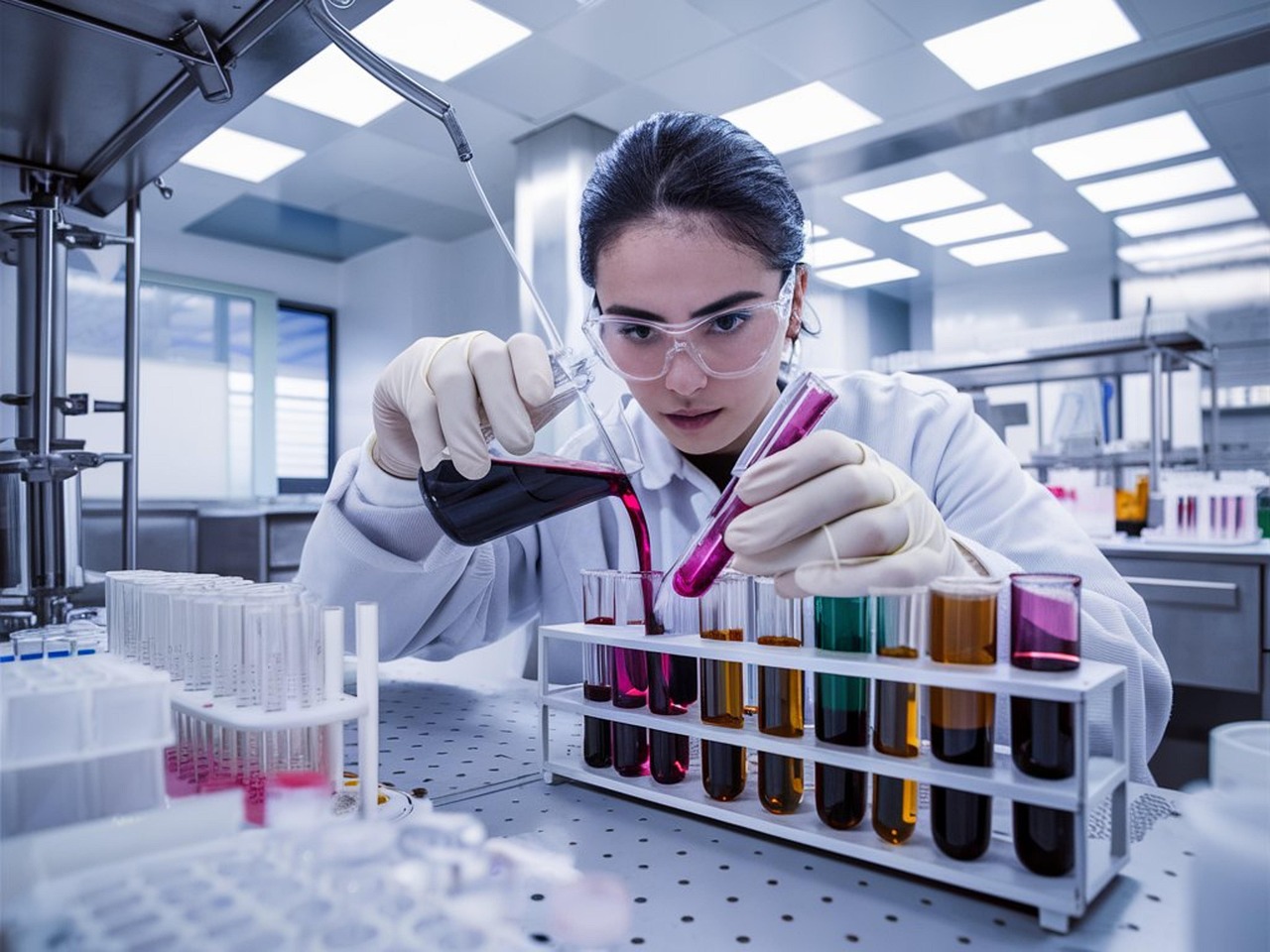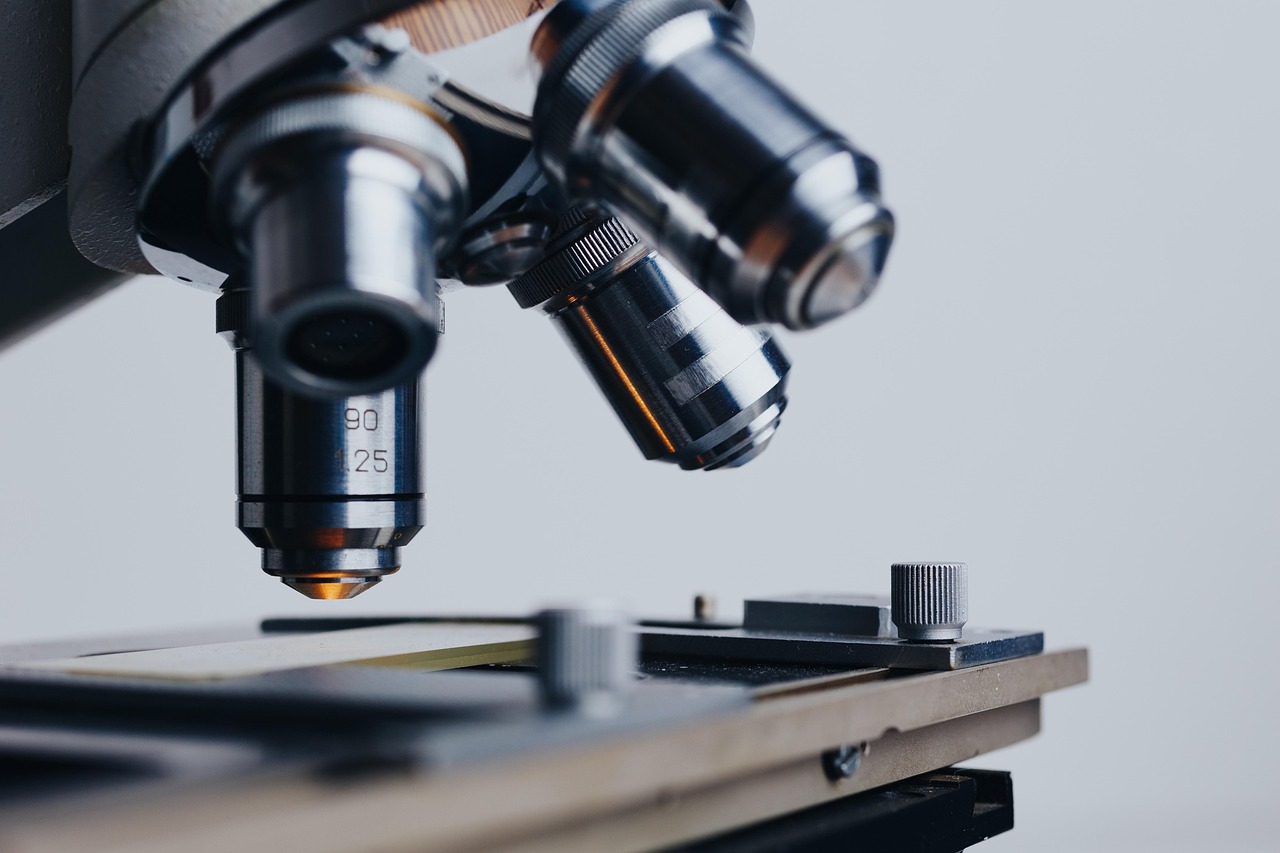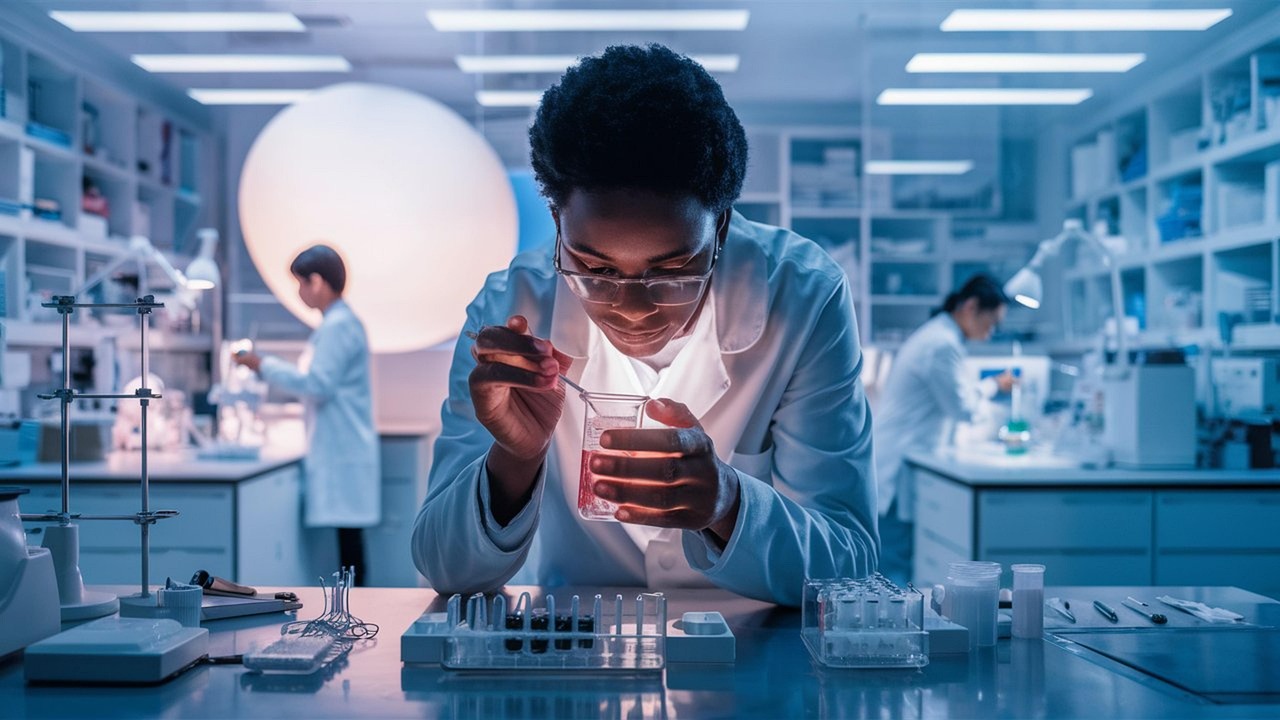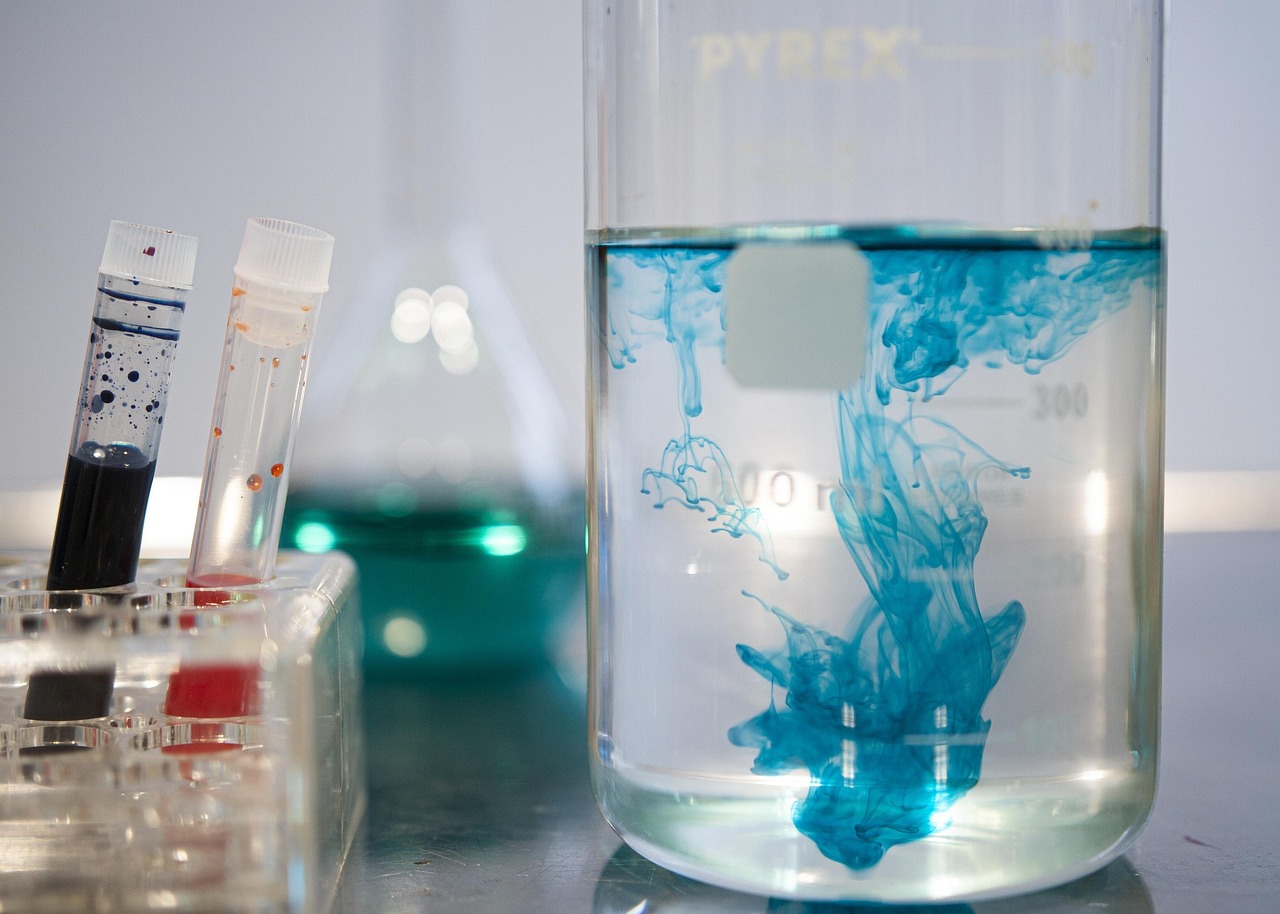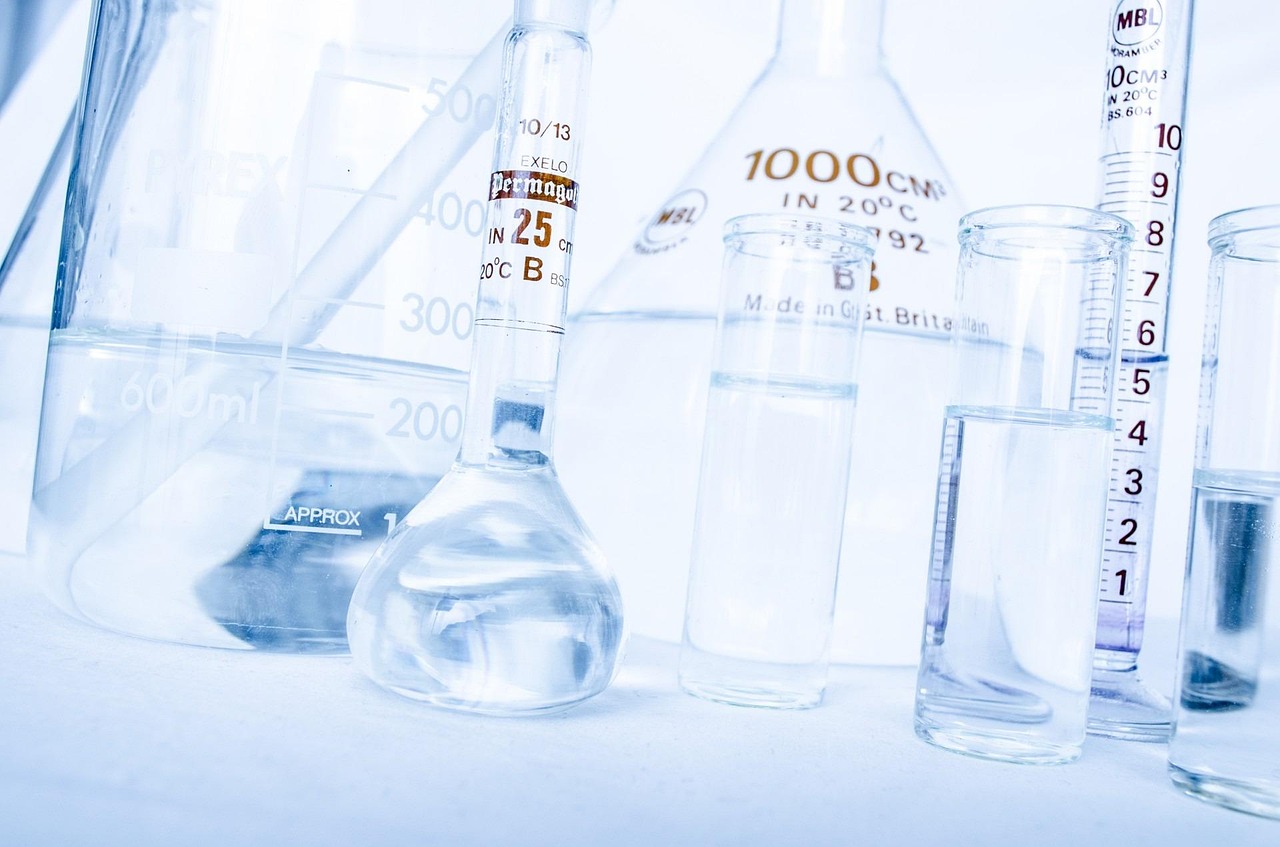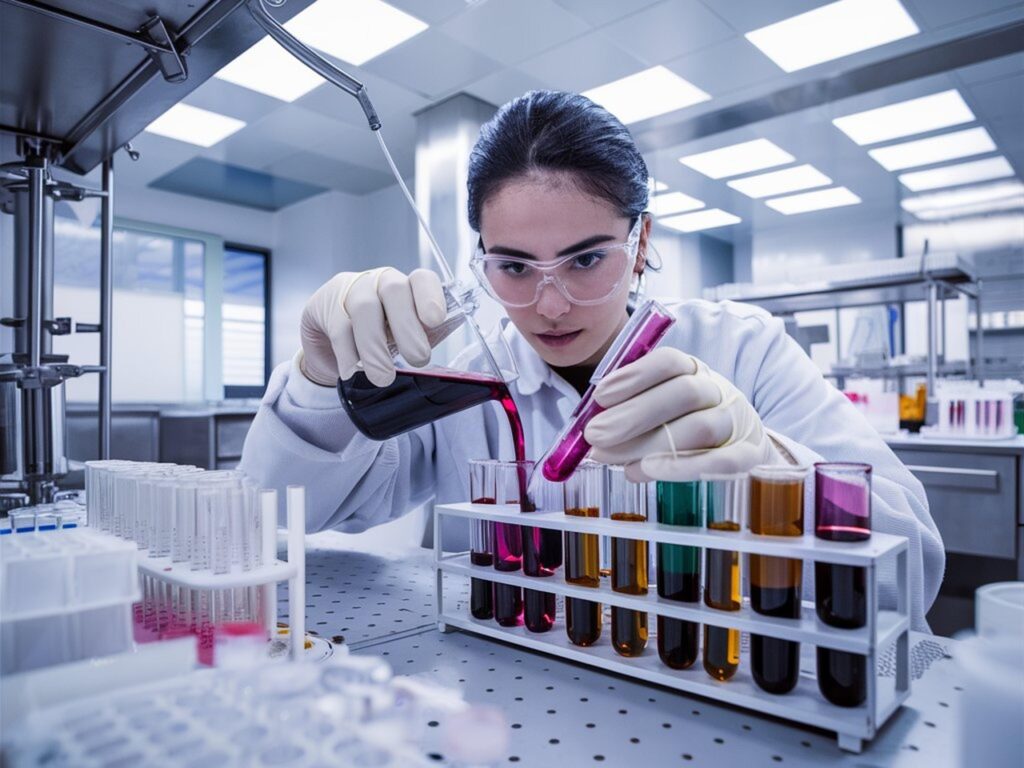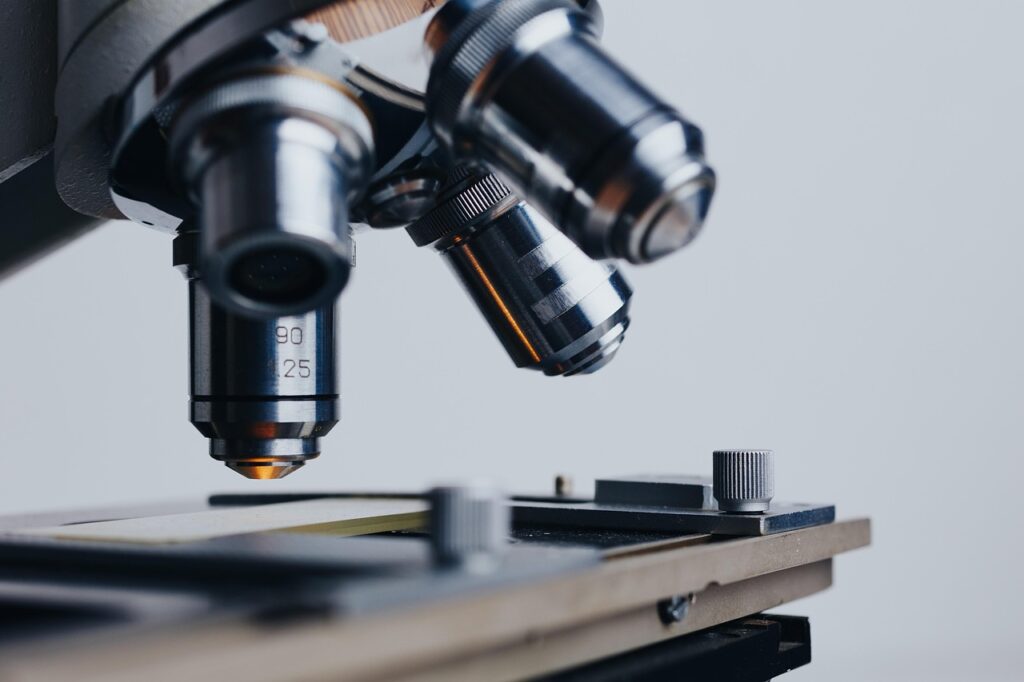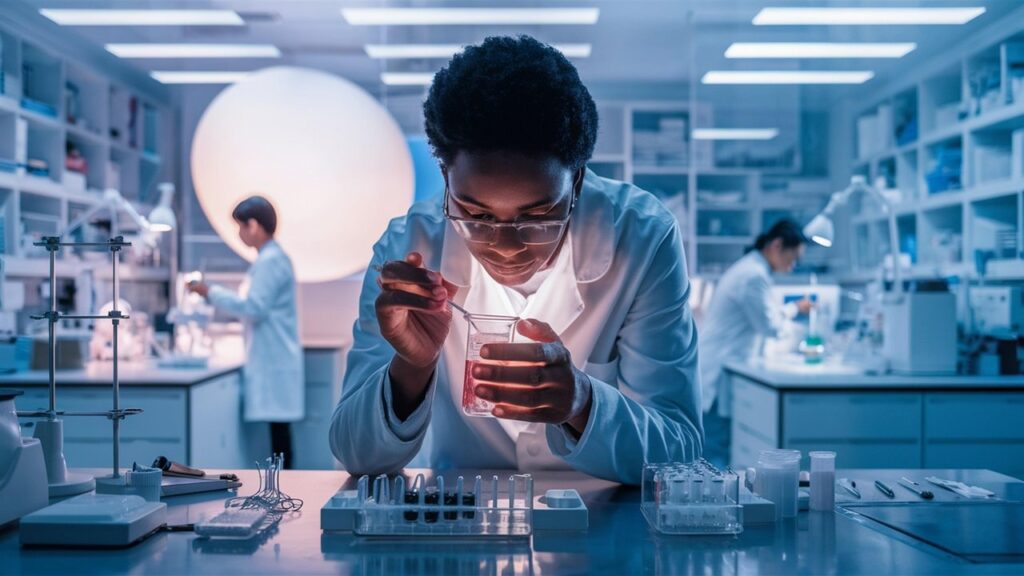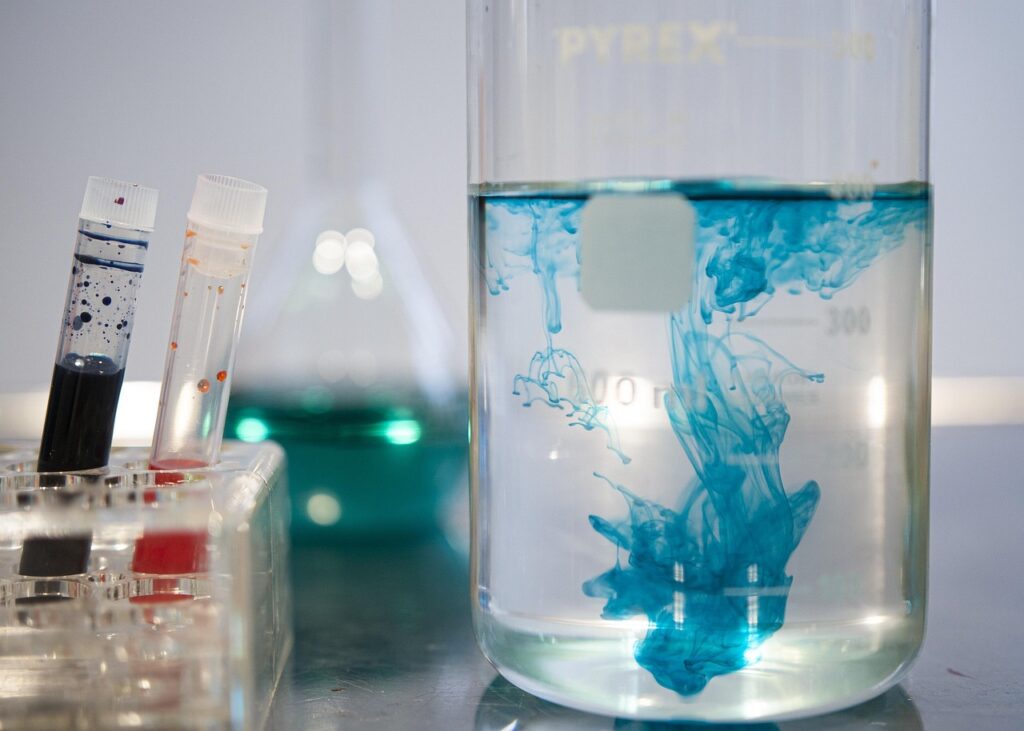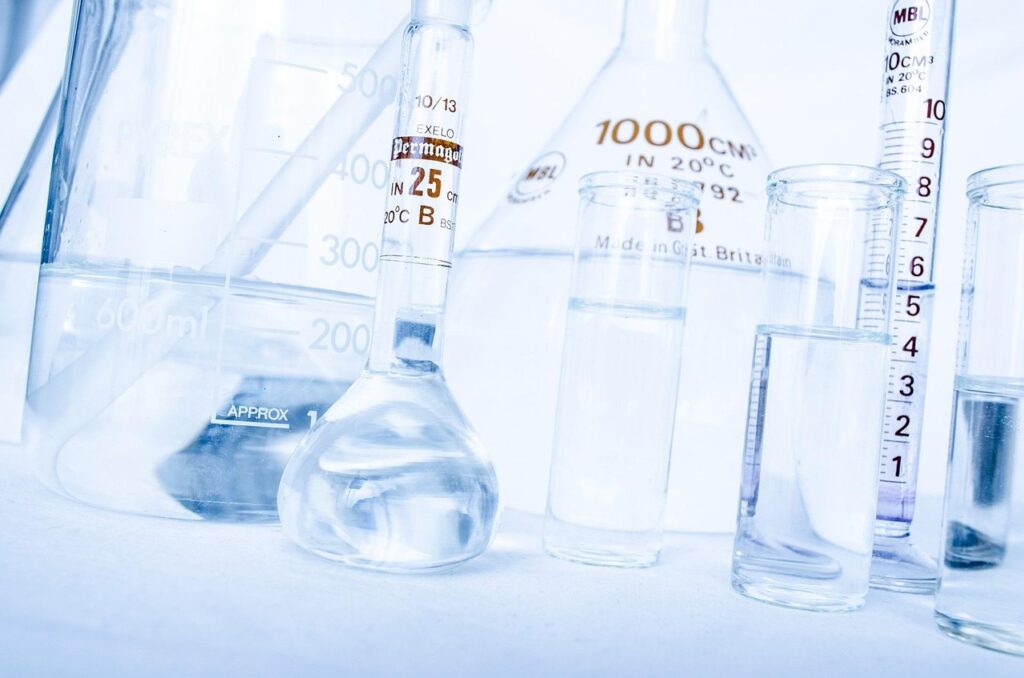Modern agriculture relies heavily on pesticides to protect crops from pests, diseases, and weeds. While pesticides have undoubtedly contributed to increased crop yields and food security, their use has raised concerns about potential risks to the environment, wildlife, and human health. Pesticide analysis, a critical aspect of agricultural science, is essential for ensuring food safety and promoting sustainable farming practices.
Pesticide analysis stands as a critical checkpoint on the path to achieving sustainable agriculture practices. It plays a central role in ensuring the safety of the food we consume, preserving the delicate balance of our ecosystems, and fostering farming practices that are not only productive but also environmentally responsible.
In this comprehensive guide, we will delve into pesticide analysis, exploring its importance, methods, applications, and role in protecting crops and consumers.
Section 1: The Pivotal Role of Pesticides in Agriculture
1.1 The Need for Pesticides
Pesticides are chemical substances designed to combat various agricultural threats, including insects, fungi, and weeds. They are a linchpin of modern agriculture, allowing farmers to protect their crops and maximize yields. However, their application requires careful management to prevent unintended consequences.
Pesticides, including herbicides, insecticides, and fungicides, have emerged as the linchpin of contemporary agriculture, bestowing upon farmers the means to shield their precious crops from potential devastation and, in turn, harness the full potential of their agricultural pursuits.
The judicious application of pesticides represents a powerful tool in the agricultural arsenal. It offers a safeguard against the capricious forces of nature, which, if left unchecked, could result in crop losses of catastrophic proportions.
1.2 Pesticides and Crop Protection
Pesticides are a crucial defense mechanism for crops, safeguarding them against pest infestations and diseases. Without effective pest management, global agricultural production would be significantly reduced, leading to food shortages and increased prices.
Without effective pest management, the global landscape of agriculture would be fraught with perils and uncertainties. If left unchecked, pest infestations could rapidly spiral into devastating epidemics, ravaging fields and decimating crop yields.
In essence, pesticides are the custodians of global food security. In a world where the demand for nourishment is ever-increasing, pesticides, when managed responsibly, offer a lifeline, upholding the foundations of modern agriculture and the well-being of humankind.
Section 2: The Risks and Challenges of Pesticide Residues
2.1 Understanding Pesticide Residues
Pesticide residues are trace amounts of these chemicals that can linger on agricultural products after application. These residues can be found on the surface of crops, within the plant tissues, and in the surrounding environment.
Pesticide residues, in their brief presence, can manifest in multiple forms and locations. They can be found on the surface of crops, often clinging to the outer layers of leaves, fruits, or grains. These surface residues are the most visible and accessible, and their management is crucial in minimizing human exposure by consuming untreated produce.
They can infiltrate the very tissues of the plants themselves, permeating roots, stems, leaves, and even fruits or seeds. Furthermore, pesticide residues can extend their reach into the surrounding environment. They can contaminate soil, persist in water bodies, and even enter the atmosphere, creating a complex web of potential exposure pathways.
Check out our blog on pesticide residue testing in India for an in-depth understanding.
2.2 Human Health Concerns
Consuming agricultural products contaminated with pesticide residues poses a broad spectrum of health risks for consumers. These risks span from immediate concerns such as acute poisoning with symptoms like nausea and dizziness to the insidious development of chronic health issues, including cancer and neurological disorders.
Vulnerable populations, notably pregnant women and children, are of particular concern due to their heightened susceptibility to developmental and reproductive risks associated with pesticide exposure. Pesticides, especially organophosphates, can exert neurotoxic effects, potentially resulting in cognitive impairments and long-term behavioral issues.
Furthermore, pesticide exposure may compromise the immune system, rendering individuals more susceptible to infections and diseases. While regulatory agencies establish safety standards, the critical role of comprehensive pesticide analysis in monitoring and enforcing these limits cannot be overstated.
It serves as a linchpin in ensuring the food supply’s safety and preserving all consumers’ well-being, with particular attention to those most at risk.
2.3 Environmental Impact
Pesticide residues leave a lasting footprint that transcends the boundaries of agricultural products, potentially contaminating the very bedrock of our ecosystems. This contamination permeates the soil, infiltrates precious water sources, and resonates through the broader environment, creating a complex chain reaction of ecological repercussions.
Non-target organisms, including vital beneficial insects and wildlife, unwittingly bear the brunt of exposure to these enduring chemical remnants, disturbing fragile food chains and inducing ecological imbalances.
Yet, the most disturbing prospect is the emergence of pesticide-resistant pests due to prolonged exposure, challenging the efficacy of conventional pest management methods and necessitating alternative strategies to confront these resilient adversaries.
In essence, the environmental impact of pesticide residues serves as an urgent reminder of the significance of sustainable agricultural practices and the imperative of rigorous pesticide analysis to curtail these unintended consequences and safeguard the integrity of our ecosystems.
Section 3: The Significance of Pesticide Analysis
3.1 Ensuring Food Safety
Pesticide analysis serves as a critical safeguard in agriculture, with its primary focus directed toward the meticulous testing of crops to ascertain the presence of pesticide residues. This essential process is driven by the imperative of upholding and enforcing stringent safety standards.
By scrutinizing agricultural products for the traces of these chemical remnants, pesticide analysis provides a quantitative assessment of residue levels. This quantification identifies the extent of pesticide residues on crops and empowers regulatory agencies to establish and enforce acceptable limits.
These established limits, known as Maximum Residue Limits (MRLs), are integral to ensuring the safety of the food supply. By adhering to these standards, pesticide analysis plays a pivotal role in shielding consumers from the potential risks associated with pesticide residues, offering a layer of protection that upholds the integrity of our food and the well-being of those who consume it.
3.2 Risk Assessment and Management
Pesticide analysis plays a pivotal role in agriculture by assessing the risks associated with pesticide use. It identifies which pesticides are safe for specific crops and determines acceptable concentrations, often called Maximum Residue Limits (MRLs).
This analytical process empowers farmers to make informed decisions about pest management, optimizing crop protection strategies while minimizing risks to crop health and the environment.
Furthermore, it ensures regulatory compliance and aligns with safety standards, ultimately contributing to the sustainability of agriculture by striking a delicate balance between the imperatives of crop protection and the preservation of environmental and human well-being.
3.3 Protecting the Environment
Pesticide analysis transcends its role in food safety by encompassing a broader environmental perspective. It diligently monitors soil and water for pesticide contamination as a critical sentinel in preventing potential ecological damage.
This comprehensive analysis is instrumental in identifying the extent of contamination, preventing long-term pesticide build-up in soils, and preserving the health of beneficial microorganisms.
Moreover, it ensures the purity of water sources by detecting pesticide residues that may leach into groundwater or surface water, thus safeguarding aquatic life and maintaining water quality.
By extending its purview to these vital environmental components, pesticide analysis plays a pivotal role in protecting non-target organisms and ecosystems, reinforcing the importance of sustainable agriculture and responsible pesticide management in the broader context of ecological well-being.
3.4 Quality Control and International Trade
Pesticide analysis serves as a cornerstone of quality control within the agricultural industry, playing a crucial role in guaranteeing that crops adhere to rigorous safety standards for both domestic and international trade.
This analytical process acts as a guardian, preventing the rejection of agricultural products due to elevated pesticide residues, which can have profound economic implications for farmers and exporters.
By ensuring compliance with safety regulations, pesticide analysis upholds the integrity of the agricultural supply chain, safeguarding the reputation of produce on the global market and reinforcing consumer confidence in food safety.
3.5 Promoting Sustainable Agriculture
Pesticide analysis, by providing insights into the presence of pesticide residues, becomes a catalyst for adopting sustainable agricultural practices. It empowers farmers to transition toward Integrated Pest Management (IPM) strategies that mitigate the overreliance on chemical pesticides.
These holistic approaches prioritize eco-friendly alternatives, such as biological control and organic farming methods, reducing the environmental impact of conventional pesticide use.
By embracing sustainable practices guided by pesticide analysis, agriculture moves closer to long-term sustainability, fostering healthier ecosystems, more resilient farming systems, and a reduced environmental footprint.
Section 4: Advanced Pesticide Analysis Methods
4.1 Chromatography
Chromatographic techniques, including gas chromatography (GC) and liquid chromatography (LC), are foundational tools in pesticide analysis.
These methods are pivotal in separating and identifying pesticide residues, especially within complex matrices.
4.2 Mass Spectrometry
Mass spectrometry specializes in delivering precision when examining pesticide residues, offering profound insights into their chemical composition and structural characteristics.
Subjecting pesticide residues to this method provides detailed information about their molecular composition, weight, and structure.
4.3 Immunoassays
Immunoassays represent a vital branch of pesticide analysis that employs the unique characteristics of antibodies to detect and quantify pesticide residues.
The fundamental principle of immunoassays is the specificity of antibodies. Custom-designed antibodies are used to recognize and bind to specific pesticide residues.
As we reach the end of the journey of understanding the concepts of pesticide analysis in agriculture, you may have many questions.
Let us at SMS LABS take over that worry with our professional pesticide testing services, designed to safeguard your family from harmful pesticide-related issues.
Conclusion
Pesticide analysis serves as a critical guardian of agriculture, ensuring that the benefits of pesticide use, including increased yields and reduced pest damage, do not come at the expense of consumer safety or environmental health.
Through establishing safety standards, risk assessment, and promoting sustainable practices, pesticide analysis plays an irreplaceable role in safeguarding our food supply and the planet. As consumers increasingly demand transparency and safety in their food, the importance of pesticide analysis in agriculture becomes even more evident, contributing to a safer, more sustainable future for farming practices.

